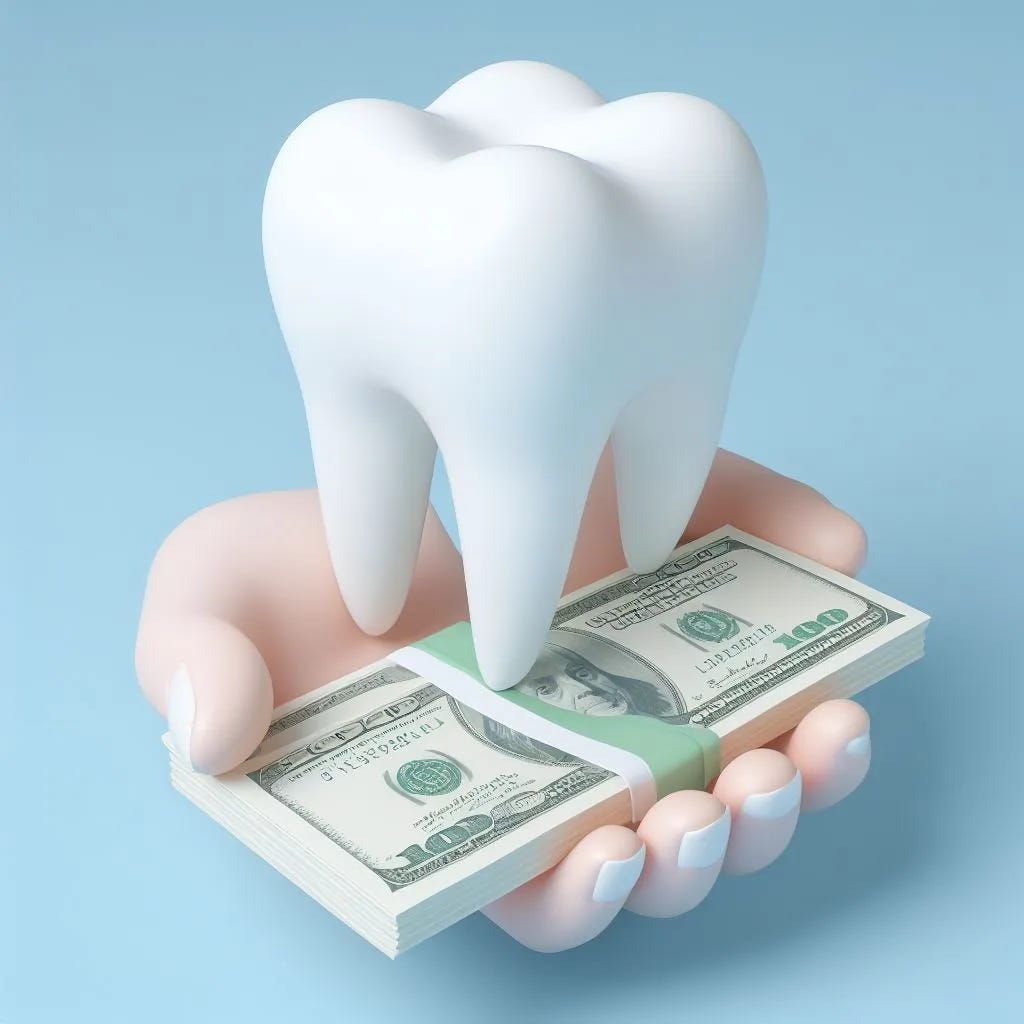Trickle of early release super for dental treatment now a flood
The floodgates have opened as nearly 22,000 Australians withdrew $526.4 million from their superannuation last year to pay for dental treatment, highlighting the need to reform our dental care system.
A growing number of Australians are raiding their superannuation to pay for dental treatment, highlighting inadequacies in our dental care system. It is a symptom of a deeper systemic issue – the lack of affordable and accessible dental care for a significant portion of the population.
The Australian Tax Office (ATO) has released new data this week showing another huge spike in the number of people accessing their superannuation to pay for dental treatment, raising concerns about the appropriateness of the early release scheme and the need to address the gaping hole in dental funding that is driving people to these desperate measures. Nearly 22,000 Australians had their applications approved to withdraw $526.4 million from their superannuation accounts to pay for their dental care in 2023/24, a staggering 68% increase from the $313.4 million siphoned out of accounts the previous year. Dental treatment now makes up just over half of the $1.04 billion that was withdrawn from superannuation accounts last year under the compassionate release scheme, with nearly $1.3 billion released for dental treatment since 2018/19.
Since 2021 there has been a dramatic growth in the amount of money withdrawn from superannuation, and it is clear that the dental category is the driving force behind this. In the past two years, the number of applications for early release of superannuation for dental treatment has increased 170%, whilst the increases have been much smaller over the same time period for IVF (25%), weight loss (10%) and other medical treatment 62%).
A new industry has emerged with companies now helping patients to navigate the early release scheme and linking them to dental practitioners - for a fee. They often specifically promote expensive and complex dental treatment including orthodontics, crowns and implants, despite the early release scheme supposedly being designed to only fund treatment for life-threatening illness or injury, alleviate acute or chronic pain or alleviate acute or chronic mental illness. Some dental practitioners have clearly taken this opportunity to encourage patients to pay for treatment that they would not otherwise be able to afford. There are also claims from practitioners that some patients who request compassionate release don’t return for dental treatment once the funds have been released to them.
The marketing of the early release scheme has caught the eye of the Dental Board of Australia, who issued a warning in May to dental practitioners, reminding them of the requirement to ensure that the services they are recommending to patients are necessary, appropriate and likely to benefit the patient. They noted that they had already received 13 notifications about patients accessing superannuation for dental treatment, including 6 related to the quality of treatment and 5 related to advertising encouraging patients to access their superannuation to fund dental treatment.
This new data exposes a major gap in Australia’s dental care system, one that was highlighted by the Senate Select Committee into dental care last year. They found that the current system was in decay, with inequitable access to dental care and a public dental service that was underfunded and overstretched. Cost continues to be a major barrier for many Australians seeking dental care, but it also seems to be a barrier for government action.
Although Australia ranks sixth of 31 OECD countries in terms of per capita expenditure on health expenditure, the low level of public investment sees us slide to 23rd for the proportion of public spending on dental care. Around 80% of dental care is out-of-pocket expenditure or funding by private health insurance (which is effectively out-of-pocket expenditure), whereas governments fund 80% of hospital expenditure, 79% of medical services and 88% of benefit-paid pharmaceuticals.
The Senate Committee made a series of recommendations to reform the dental care system, including the need to expand access to the Child Dental Benefits Schedule to all children and to develop a plan to achieve universal access to dental and oral health care by expanding coverage for essential oral health care under Medicare. However, Health Minister Mark Butler has said that there are no plans for the government to take any action on dental care in the near term.
Dental care in Australia is at a crossroad. With an election looming, there is an opportunity to take bold action to correct the mistakes of the past and create an equitable dental system that ensures that all Australians, regardless of their background, income or where they live, can access timely dental care when they need it. We must not blow it.




